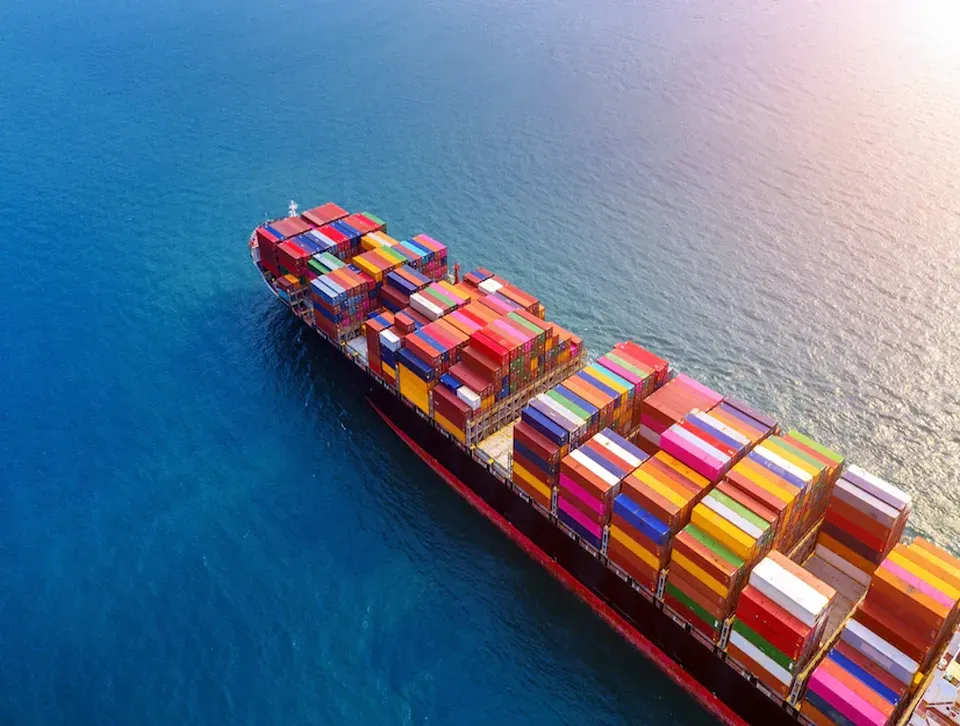For centuries before the advent of modern trading practices, the island of Sri Lanka was a key player in ancient Silk Road sea cargo trade routes. However, with changes in the global shipping industry, the introduction of China’s One Belt and One Road initiative and new oil shipping routes, Sri Lankan ports have been highlighted as critical maritime hubs in Asia.

The Port of Colombo
The port of Colombo is one of the oldest trading ports in the island. However, primary trading was only moved here in the 18th century from the Port of Galle, following the construction of the breakwaters. Due to its strategic location on the path of international sea cargo trade routes, it’s one of the busiest ports in Asia, ranking in the top 35 ports in the world. Currently, there are further developments underway with foreign funding to develop the infrastructure to improve on this strategic port. The Port of Colombo operates 24/7.
The Port of Galle
The port of Galle has existed for a while with its discovery by the Portuguese in the 15th century. The Galle port was the primary port until the 18th century when the Colombo port was created with the aid of breakwaters. Currently, this port only offers mooring for two vessels alongside one another, but offers accommodation for yachts as well as offshore ship supply services. This port operates 24/7 except on May 1st, but only offers daylight configuration. The Port of Galle was one of the most important ports of Sri Lanka during ancient sea cargo trade routes, and played an important part of sustaining the link between the east and the west.
The Port of Trincomalee
The port of Trincomalee is home to the world’s fifth largest natural harbour and during the centuries, many countries have fought for its ownership, with Portugal, Netherlands, Portugal, Great Britain, and France taking up arms to claim it. Whilst the Port of Trincomalee is more than ten times the size of the Colombo Port, its activities are restricted to that of bulk cark, industrial related activities, and daylight navigational services. It is a 24/7 operated port, as it is the home of the Sri Lankan Eastern Command Naval Base. Currently there are discussions underway offering India the opportunity to invest in the infrastructural development of the Trincomalee Port.
The Mahinda Rajapaksa Ruhunu Magampura Port of Hambantota
The newest port to be built in Sri Lanka, following the end of the war and built under the commission of then president Mahinda Rajapaksa, the Port of Magampura is the southernmost port in the Indian Ocean between Sri Lanka and Antarctica. Whilst this is the newest port to be opened in recent times (it was declared open on 2010), navigators from ancient Greece had documented this location as allowing safe anchorage. Currently, the port is situated at a major intersection of the international sea trading routes, thus it has been used for movement of bulk commercial cargo and industrial port related services. It has two lighthouses to guide vessels safely into the port.
Other Minor Ports of Sri Lanka
The other ports of Sri Lanka, apart from the major four discussed in detail include the following.
- Oluvil – One of the smallest ports of Sri Lanka, it is located in the east and currently used for fisheries and commercial activities, having opened in 2013.
- Kankesanthurai – The northern-most Port of Kankesanthurai is currently administrated and maintained by the Sri Lankan Navy forces. The port, that is the closest to India was closed during the civil war. However, since the end of the war, India and Sri Lanka has begun clearing the Palk Strait and the port to revive it for future use in new sea trade routes being developed to lessen transit times.
- Point Pedro – The northeastern port of Point Pedro is currently managed by Sri Lanka Army forces. However, with new sea trade routes being developed, the likes of Kankesanthurai and Point Pedro being utilised further will be possible, and thus will require further infrastructural developments.
Image Credit: Statfor

